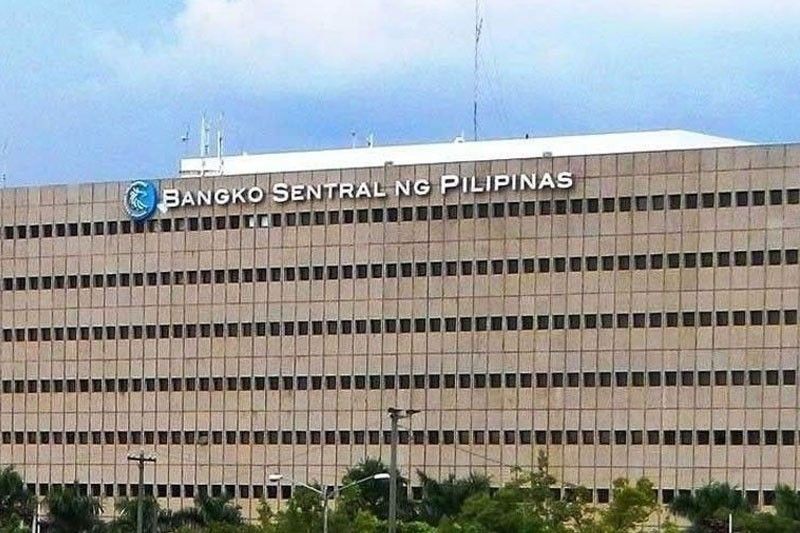Bigger RRR cut surprises economists

MANILA, Philippines — Economists were surprised with the decision of the Bangko Sentral ng Pilipinas (BSP) to implement a bigger reduction on the amount of cash that banks must hold as reserves.
Aris Dacanay, economist for ASEAN at HSBC, said the size of the cut of the reserve requirement ratio (RRR) for universal and commercial banks was larger than anticipated.
On Thursday, BSP Governor Felipe Medalla announced that the Monetary Board approved a 250-basis-point cut on the RRR for big banks as well as non-bank financial institutions with quasi-baking functions to 9.5 percent effective June 30 from the current level of 12 percent.
Likewise, the RRR for digital banks was reduced by 200 basis points to six percent from eight percent, followed by mid-sized or thrift banks by 100 basis points to two percent from three percent.
The level of deposits small or rural and cooperative banks are required to keep with the BSP was also lowered by 100 basis points to one percent from two percent.
From a high of 20 percent in 2018, then BSP governor Nestor Espenilla Jr. committed to bring down the RRR for big banks to single-digit levels by 2023.
The reduction in reserve ratios is intended to coincide with the expiration of alternative modes of compliance with reserve requirements by counting loans extended to micro, small, and medium enterprises (MSMEs) as well as large companies by end-June this year and thereby ensure stable domestic liquidity and credit conditions.
“In line with our expectations, the BSP announced that it will cut the RRR on the 30th of June, the same day when pandemic-era relief measures will expire. However, the size of the cut was larger than anticipated – the BSP will be cutting the RRR for large banks by 250 basis points to 9.5 percent,” Dacanay said.
China Bank chief economist Domini Velasquez said the latest move was a surprise given that the BSP has been telegraphing a 200-basis-point cut in the RRR previously.
“But it might be because of their revised estimates on the effect of the expiration of the relief extended to MSMEs. Given BSP’s statement, we do not expect any change in monetary policy or do not interpret this as easing of monetary policy in this period of still elevated inflation—very far still from the target of four percent,” Velasquez said.
According to Velasquez, any adjustments, whether in policy rate cuts or further reduction in RRR that would affect money supply, would likely come in the fourth quarter of the year, at the earliest.
Since the size of the cut will be larger than anticipated while smaller banks could still enjoy the alternative compliance measures, Dacanay said the expiration of the pandemic-era measures for large banks is estimated to mop up P272.4 billion worth of liquidity.
On the other hand, Dacanay said the 250-basis-point RRR cut would release P360.1 billion in liquidity.
“Taken all together, we estimate the net effect to be P87.7 billion. This will be a net injection of liquidity in the system, but a limited one, given that it represents just 6.3 percent of the excess liquidity currently being absorbed by the BSP,” Dacanay said.
HSBC said the RRR cut would not affect monetary policy and the central bank’s battle against inflation.
Michael Ricafort, chief economist at Rizal Commercial Banking Corp., said the RRR reduction would infuse about P350 billion into the financial system, but would be siphoned off with the upcoming 56-day BSP bills.
Ricafort said the move would help stabilize the exchange rate and overall inflation, given the need to manage any inflationary impact should there be more pesos infused in the local financial system amid the recent need to further bring down inflation and inflation expectations.
“The RRR cut meant to neutralize also the de facto tightening with the expiration of some regulatory relief measures particularly allowing new MSME loans to be counted for the computation of banks’ reserve requirements,” Ricafort said.
Ricafort added that the move was also made to fulfill the promise to bring down the large banks’ RRR to single digit levels by the end of the BSP governor’s term as well as to better align with the rest of the region mostly at single-digit levels.
DBS Bank economist Chua Han Teng said the RRR reduction does not imply a shift in the BSP’s monetary policy stance.
“With the latest inflation print remaining consistent with the BSP’s assessment that headline inflation will return to its two to four percent target range by the fourth quarter, we think that policymakers can ‘wait and see’ for now,” Teng said.
Teng said the move would be net neutral for monetary policy as the effectivity would take effect upon the expiration of alternative modes of compliance with the reserve requirement and the offering of the 56-day BSP bills would absorb the additional liquidity.
- Latest
- Trending































